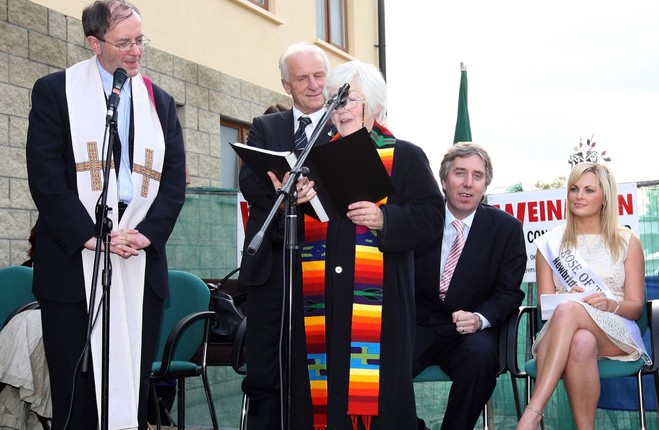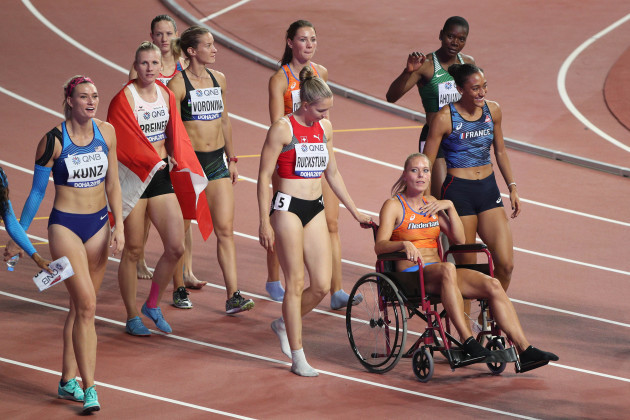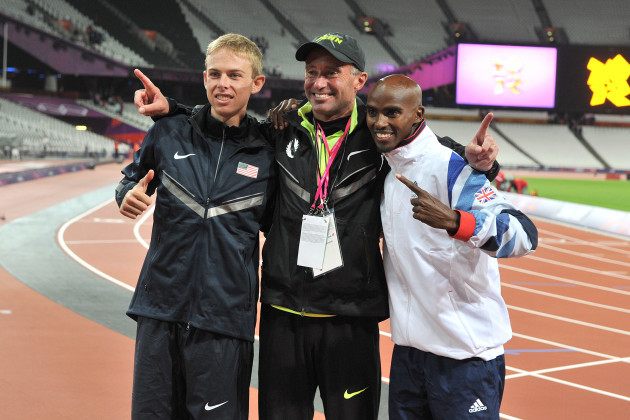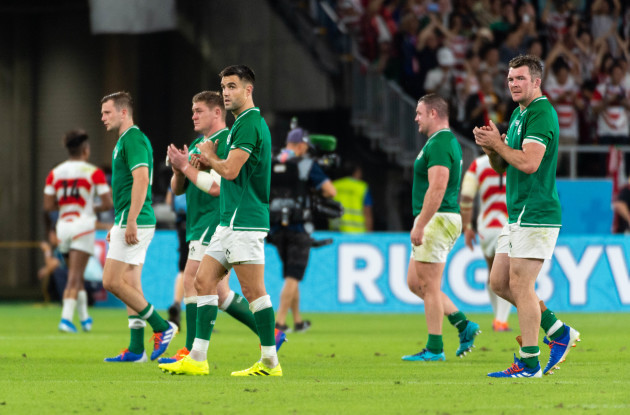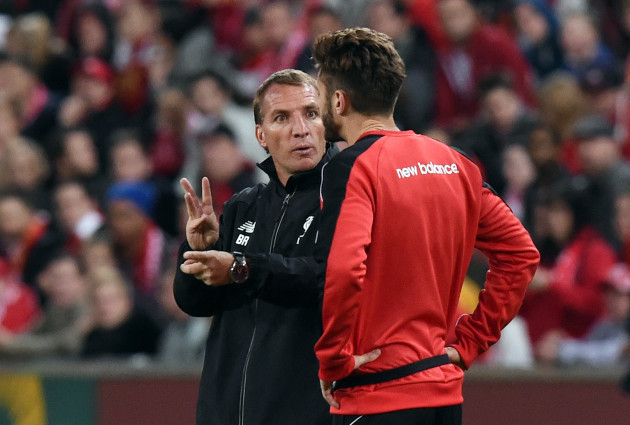1. And the cult of Delaney somehow became a thing too. The peak of the nonsense came around the road to Poland in 2012.
Years from now, future generations will look back and wonder how it happened. How it was allowed to happen. And how some of the most willing participants almost saw the funny side of it all.
‘Ohh John Delaney, he used to be a w**ker, but he’s alright now’ was a soundtrack song for that Poland campaign.
The story goes that he might even have sung it himself once or twice. Players were bemused, and sometimes amused.
There was the tie throwing into the crowd and the post-match laps of honour, quite a turnaround from a man who said in 2004 that “Going out on the pitch is not something I intend to do”.
He made that statement in an interview that has aged spectacularly well.
“In all the organisations I’ve worked with, I’ve never seen so many checks and balances within a structure,” he also declared.
Daniel McDonnell explores how ‘the cult of John Delaney’ somehow became a thing.
2. But then one remembers that two years after the lights go out in Doha the next IAAF world championships will take place in Eugene, Oregon, notable in terms of world athletics only for being the town where Nike had its beginnings. Nike, the running shoe company who gave Sebastian Coe the contract that he was so loth to forfeit when he became president of the IAAF four years ago in succession to the man he once described as the sport’s “spiritual leader”, the disgraced Lamine Diack. Nike, the company whose negotiations with Felix over a new contract when she became pregnant started a battle over fair payment for sportswomen during the maternity period.
The award of the championships to Eugene was made without transparency in any respect save that of the motives of those who also decided that it was right to hold a marathon in the heat of Qatar and were rewarded on Friday night with the sight of runners being taken to hospital in wheelchairs. One day the successors to those athletes will get the sport – and the audience – they deserve.
Doha’s empty seats tell a tale of corruption, warped priorities and vested interests, writes Richard Williams.
3.For years there had been rumours. But they were just that – rumours.
In 2013 I began working on a story about doping in athletics.
Initially, we’d been focusing on historical claims of doping by famous British athletes in the 1980s. But in the course of that reporting, athletes and coaches began to share with me rumours of much more recent misconduct. They urged me to delve deeper into an ongoing problem, rather than only historical ones. They pointed to one of the most prominent figures in the history of the sport: Alberto Salazar, coach of Britain’s Mo Farah.
At that time, Farah was riding high – having just secured a historic Olympic and world ‘double-double’ in the distance track events. Salazar, his mentor, had been credited for transforming Farah from an athlete struggling to win medals on the big stage into the world’s number one – and Britain’s most successful ever track athlete.
But the rumours about the American, while not public, were persistent in elite circles; whispers of unorthodox methods, athletes being given unnecessary prescriptions and even the use of banned substances and methods at the prestigious Nike Oregon Project (NOP) over which Salazar presided.
Mark Daly – the BBC reporter whose Panorama programme sparked the United States Anti-Doping Agency investigations – reveals the inside story of Alberto Salazar’s downfall.
4.The truth is that rugby’s popularity is indeed linked to its perception as an aspirational, middle class pursuit. But then Ireland is an increasingly aspirational, middle class country. The CSO tells us that in 2016 there were over a million more people in this country who were classified as professional, managerial and technical or non-manual workers than was the case in 1991. Rugby went professional in that time. A lot of these people decided they quite liked to watch this slick, well-marketed, rather enjoyable thing that we turned out to be quite good at.
Sure, the private schools where rugby dominates remain exclusive, but then relatively few of us are actually bothered about playing the game. Normally we are quite happy for these schools to pump out battalions of meaty killing machines for our viewing pleasure.
And maybe the team do flatter to deceive. But that’s just an optical illusion: Because there are so few top nations in the sport, the pinnacle always feels a lot closer, even when it shouldn’t.
This week the jagged blade of social media pierced the comfort blanket of shared jollity that rugby normally provides, amplifying, as it does, the things that pull people apart rather than the things that bring them together.
There is enough division in this world, so a lukewarm, non-committal passion for something only harmful to those actually playing it is something in which we can all share.
Tommy Martin calls for an end to rugby’s ‘culture wars’.
5. Success repairs breaches. Coming close to winning the title – finishing second to Manchester City in 2014 – should have brought all the factions together but there were rumblings in the dressing room as well as the boardroom. Suarez and Raheem Sterling are not the only players who believe that the manager broke promises to them. There was a sense that Rodgers’ schtick was getting old. When the 2015 season started poorly and the manager talked about entering another three-year rebuilding cycle after a 1-1 draw with Everton, FSG’s patience snapped. Rodgers was gone and Klopp appointed in his place.
Rodgers was right, of course. Liverpool did need three years to get anywhere near where they wanted to be. Klopp inherited a squad that was not good enough but then benefited from a more coherent strategy in the market although his predecessor can hardly complain about the mess he helped create. The Northern Irishman sparked the recruitment chaos in August 2012 and it took until after Rodgers’ departure for things to get sorted out.
Because of the lopsided nature of Scottish football, the jury is still out on Rodgers despite his overwhelming success during three years in charge of Celtic. But he is a good coach, even if it is worth taking some of his pronouncements with a hefty handful of salt.
Tony Evans gives the inside story of Brendan Rodgers’ stint at Anfield.
Murray Kinsella joins Sean Farrell and Gavan Casey from Japan to give his blunt assessment of Ireland’s performance against Russia
